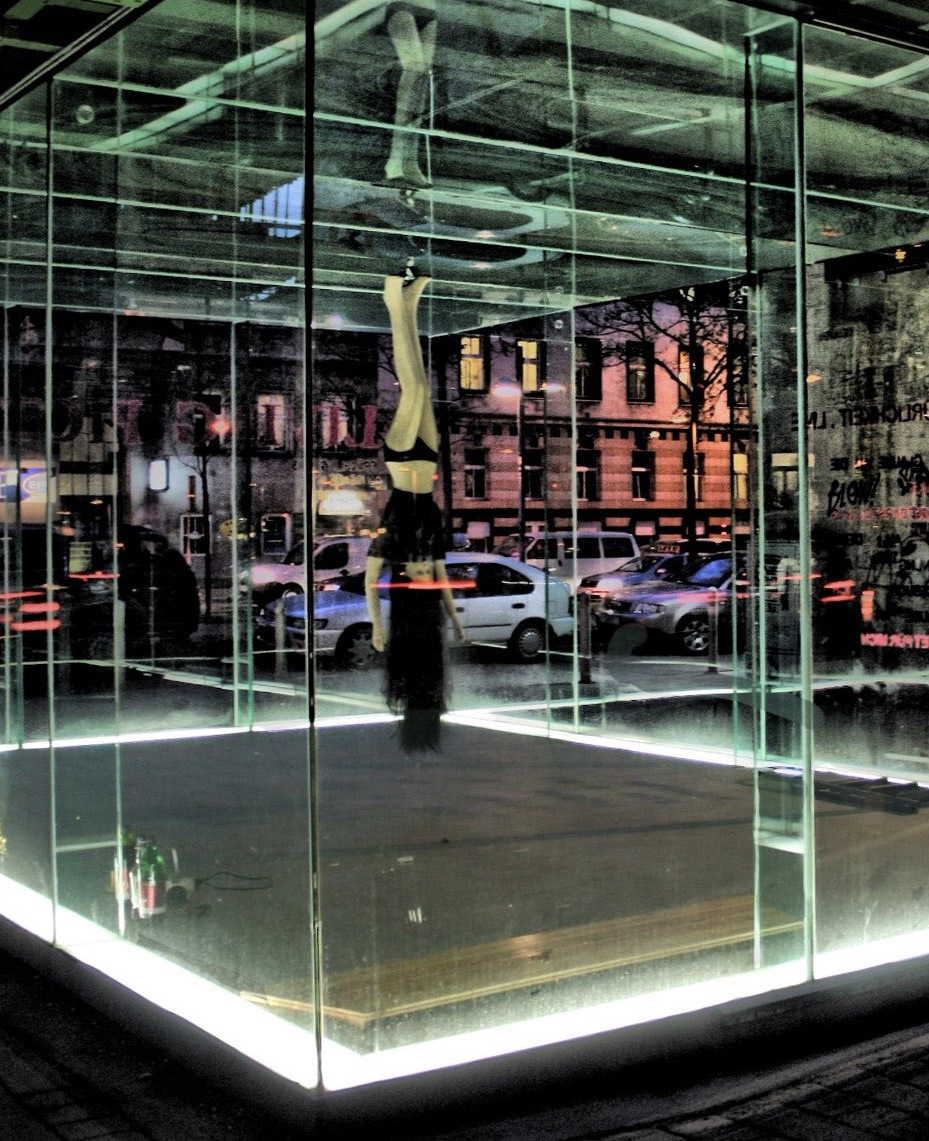
Aneta Luberda: A Journey into a Poetic and Transcendent Expression
Aneta Luberda, born in 1987 in Myślenice, Poland, is an artist and educator based in Vienna. After studying art education at the University of Applied Arts in Vienna, she developed a practice that seamlessly merges artistic creation with academic research and social activism. Today, she remains closely connected to the university, where she is involved in both teaching and research.
Building Bridges Through Art Luberda’s Core Themes
Luberda’s work is deeply interdisciplinary, spanning installation, performance, and participatory formats. Her artistic approach revolves around social engagement, inclusion, and the role of art in shaping public discourse. Through her projects, she continually explores how creative practices can foster empathy, visibility, and shared agency — especially among marginalized or underrepresented communities.
Art as Collective Inquiry Collaborations and Research Projects
A central part of Luberda’s practice is collaboration. She has been involved in numerous interdisciplinary projects that emphasize co-creation and critical inquiry. One notable example is the project Co-Ability, which focused on dismantling social and physical barriers through artistic research. Working closely with people with disabilities, the project questioned traditional norms of ability and examined posthumanist notions of difference and identity.
A Room for Dialogue Luberda at Palazzo Mora
Luberda was also a contributor to INTRA-ACTIONS, an experimental workshop and research project presented during the Venice Biennale in 2022. The project took place at the Palazzo Mora, a historic venue hosted by the European Cultural Centre, which runs a parallel program to the main Biennale exhibitions. There, artists, educators, and researchers came together to reflect on themes such as democracy, care, and collective authorship. Rather than a conventional exhibition, INTRA-ACTIONS offered a dynamic and participatory space — fully aligned with Luberda’s commitment to socially engaged practice.
Beyond the White Cube Exhibitions in New Contexts
Her work has been exhibited in various contexts, including art fairs like Parallel Vienna. There, she presented installations that embody her critical and socially engaged artistic language. Whether through visual elements or participatory acts, Luberda invites viewers to take part in a broader conversation about social roles, accessibility, and the conditions of coexistence.
Teaching as Artistic Practice The Classroom as Studio
In addition to her exhibitions, Luberda is deeply committed to art education. She sees pedagogy not as separate from her practice but as a vital extension of it. Her teaching encourages students to challenge norms and use art as a medium for reflection, empowerment, and change. Her classrooms — like her artworks — are spaces for experimentation, dialogue, and transformation.
Conclusion Art That Builds Communities Not Monuments
Aneta Luberda’s work is a compelling example of how contemporary art can move beyond aesthetic boundaries and become a form of social practice. Through collaboration, education, and critical engagement, she transforms artistic spaces into inclusive platforms for questioning, imagining, and co-creating new possibilities for living together. In her hands, art becomes not only a mirror of society — but a tool to reshape it.



